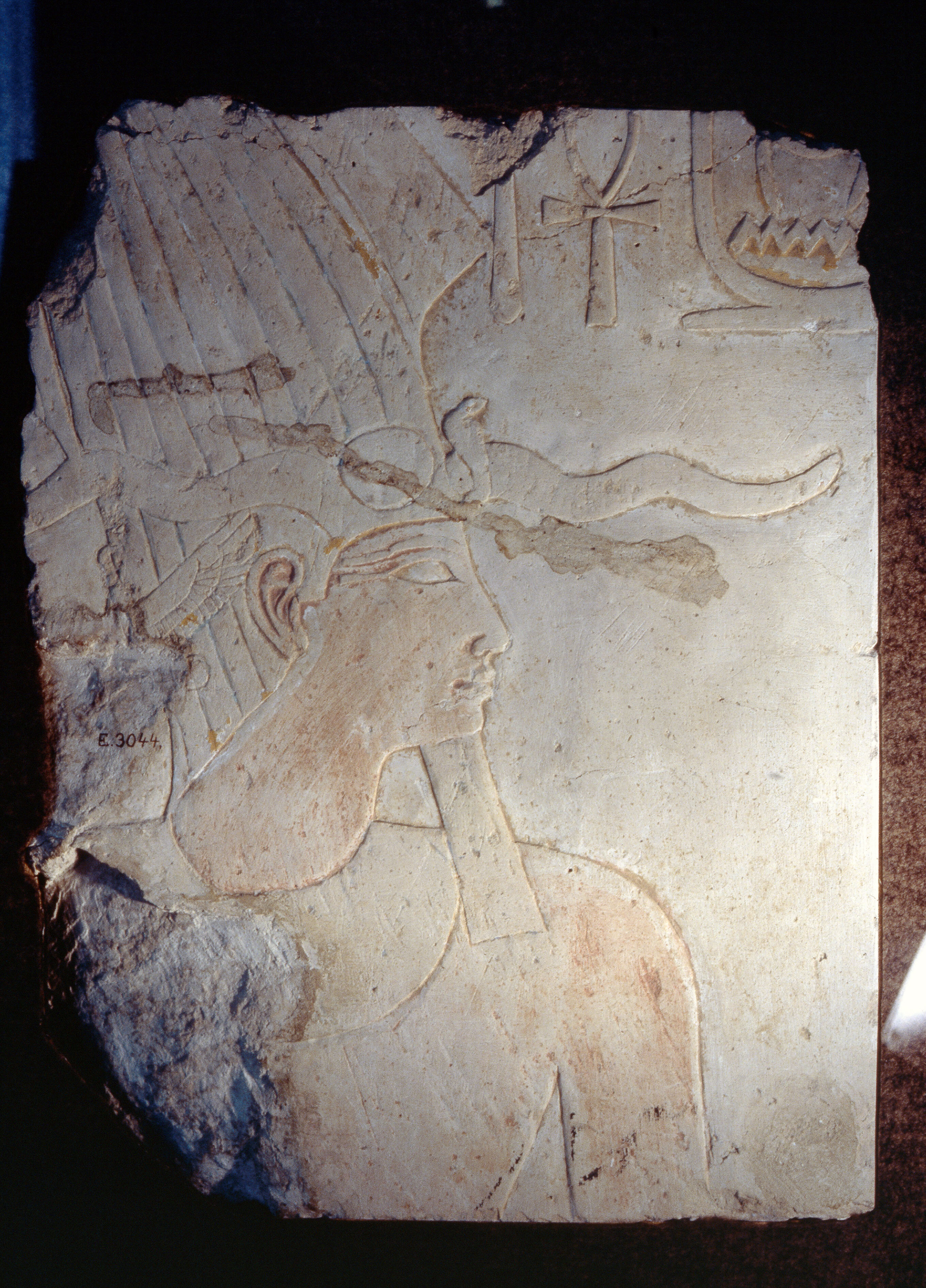Egyptian Officials Discover Lost Tomb Of King Thutmose After Years-Long Excavation
Egyptian officials say they have unearthed the first royal Egyptian tomb since King Tutankhamun’s burial site was found in 1922.
Egypt’s Ministry of Tourism and Antiquities announced the discovery of King Thutmose II’s tomb on Tuesday, ending a search for what they called the last missing royal tomb of the 18th Dynasty, which spanned from 1550 to 1292 B.C.E.
Advertisement
The tomb, located about 1.5 miles west of Egypt’s Valley of the Kings, was described as relatively empty and in poor shape after suffering flood damage that took place shortly after King Thutmose II’s death. His mummy was found in another tomb in the 19th century.

Ministry of Tourism and Antiquities
“Water inundated the tomb, damaging its interior and necessitating extensive restoration work by the archaeological team to recover fallen plaster fragments,” the ministry said in a statement. “Preliminary studies suggest that the tomb’s original contents were relocated to another site during ancient times after the flooding.”
Advertisement
The entrance to the tomb was initially discovered in 2022 and was thought to lead to the tomb of one of the royal wives of the Thutmosid kings. A joint Egyptian-British archaeological mission carried out two years of excavation work on the entrance and a main corridor that was found leading to the chamber.

Ministry of Tourism and Antiquities
Inside, King Thutmose II’s name was found engraved on fragments of alabaster jars. There were also inscriptions with the name of his chief royal consort, Queen Hatshepsut. She went on to become the sixth pharaoh of the 18th Dynasty.
Advertisement
“These inscriptions confirmed the tomb’s ownership,” the ministry said. “Notably, this discovery includes funerary furniture belonging to the king, marking the first-ever find of such items, as no funerary furniture of Thutmose II exists in museums worldwide.”
Salima Ikram, a professor of Egyptology at the American University in Cairo, called it an “extremely exciting discovery” while noting the tomb’s significance for being outside of the Valley of the Kings, where pharaohs of the 18th Dynasty were typically buried.

Werner Forman via Getty Images
Advertisement
“The fact that Hatshepsut spent so much effort on provisioning it is also noteworthy,” she said in an email to HuffPost of Thutmose’s wife and successor. “The tomb’s location, as well as the fact that semi objects seem to be dedicated by Hatshepsut, make it interesting historically, and of course to find a royal tomb is an extraordinary discovery.”
Photos shared by the ministry show some of the painted plaster fragments recovered. They include pieces with blue inscriptions and yellow star motifs. There were also written portions of the Book of Amduat, which is a religious text associated with the royal tombs of ancient Egypt, the ministry said.
Go Ad-Free — And Protect The Free Press
Already contributed? Log in to hide these messages.
“The artifacts found within the tomb provide critical insights into the history of the region and the reign of Thutmose II,” officials said.
Advertisement
The archeology team plans to continue work on the site to better understand its use and also to potentially find the location of the tomb’s original contents.

Comments are closed.